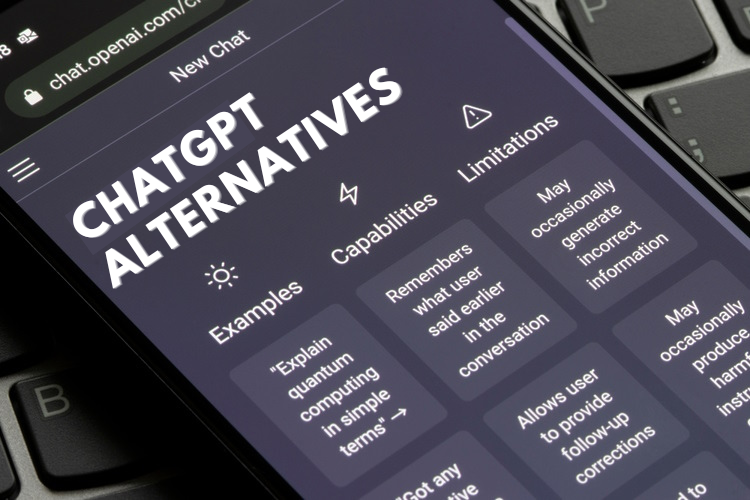6G is the next generation of mobile internet after 5G that is expected to launch in 2030. It will offer much faster speeds, lower latency, and higher reliability than 5G. It will also enable new applications such as immersive extended reality (XR), holograms, digital twins, and distributed cloud computing.
Some of the challenges and goals for developing 6G include using terahertz frequencies, which are currently impractical with modern technology, creating AI native networks that can learn and adapt autonomously, and ensuring trust, security, and resilience of the network infrastructure.
The US is one of the countries that is actively pursuing 6G leadership through various initiatives such as the Next G Alliance, which is a working group of more than 80 organizations and experts from industry, government, and academia that aims to coordinate research, commercialization, and adoption strategies for 6G. The Next G Alliance has published a roadmap for 6G that outlines six ‘audacious’ goals for achieving technical leadership.

The US also holds about 18% of all 6G patents at this time, second only to China which has about 35%. However, patent numbers are not necessarily indicative of actual innovation or deployment capabilities.
The USA has ambitious plans for developing and deploying 6G networks, which are expected to be the next generation of mobile internet after 5G. A working group called the Next G Alliance has published a roadmap for 6G leadership in North America, outlining six goals that can make its vision a reality. Some of these goals include advancing trust, security and resilience, enhancing digital world experience, driving innovation and sustainability, and achieving cost efficiencies.
6G networks are anticipated to offer many benefits over 5G networks, such as higher data speed and lower latency, more secure communications, better support for personalization and wireless sensing technologies, improved cellular network penetration, and optimized indoor network usage. 6G networks will also enable new applications and services that will fuse the digital, physical and human world seamlessly. Some examples of these applications are immersive extended reality (XR), high-fidelity mobile holograms, digital twins, remote surgery and health-care workflow optimizations.

However, 6G networks also face many challenges and uncertainties. For example, 6G networks will use terahertz frequencies which are currently impractical with modern technology and have high absorption by moisture in the air. Moreover, 6G networks will require massive investments in infrastructure, spectrum licenses, standards development and coordination among various stakeholders. The industry also needs to find ways to monetize 6G networks while ensuring consumer adoption and satisfaction.
6G networks are likely to launch around 2030 or even earlier in some regions that were first to introduce 5G. However, it is still too early to predict the final form of 6G standards and technologies. The research work on 6G is still ongoing and will depend on the feedback from 5G deployment and usage.
Some of the possible risks or drawbacks of 6G are:
- Higher energy costs: 6G networks will require more energy to support higher speeds and reliability, which could lead to higher energy bills for users and operators.
- High investment costs: 6G networks will also require massive investments in infrastructure, spectrum licenses, standards development and coordination among various stakeholders. This could be prohibitively expensive for some countries and regions.
- Privacy and security issues: 6G networks will enable more data collection and transmission, which could pose privacy and security risks for users. Moreover, 6G networks could be used for surveillance and other nefarious purposes by malicious actors or governments.
- Technical challenges: 6G networks will use terahertz frequencies which are currently impractical with modern technology and have high absorption by moisture in the air. This could limit the range and coverage of 6G networks. Moreover, 6G networks will use cell-less architecture and multi-connectivity which could introduce new technical complexities.
There are some ethical and social implications of 6G that could raise new issues and challenges for users and society. Some of these implications are:

- Privacy and security: 6G networks will enable more data collection and transmission, which could pose privacy and security risks for users. Moreover, 6G networks could be used for surveillance and other nefarious purposes by malicious actors or governments. Users may have to balance their convenience and benefits with their privacy and security rights.
- Trust and accountability: 6G networks will rely on artificial intelligence (AI) and blockchain technologies to provide intelligent connectivity and decentralized services. However, these technologies may also introduce new problems of trust and accountability. For example, who will be responsible for the accuracy, fairness, transparency, and explainability of AI decisions? How will blockchain transactions be verified and regulated? How will users’ consent be obtained and respected?
- Social impact: 6G networks will have a profound impact on various aspects of society, such as health care, education, entertainment, commerce, governance, etc. However, these impacts may not be uniformly positive or negative. For example, 6G networks may improve access to health care services but also create new ethical dilemmas such as remote surgery or genetic engineering. Similarly, 6G networks may enhance learning opportunities but also widen the digital divide or create new forms of cyberbullying.
- Human dignity: 6G networks will enable immersive experiences that will fuse the digital, physical and human world seamlessly. However, this may also raise questions about human dignity and identity. For example, how will humans interact with holograms or digital twins? How will humans cope with sensory overload or addiction? How will humans maintain their autonomy and agency in a highly connected world?
- Environmental impact: 6G networks will require more energy to support higher speeds and reliability. This could lead to higher carbon emissions and environmental degradation unless renewable energy sources are used. Moreover, 6G networks may also generate more electronic waste due to the rapid obsolescence of devices.
These are some of the possible ethical and social implications of 6G that need to be considered carefully by researchers, developers, policymakers, and users.






